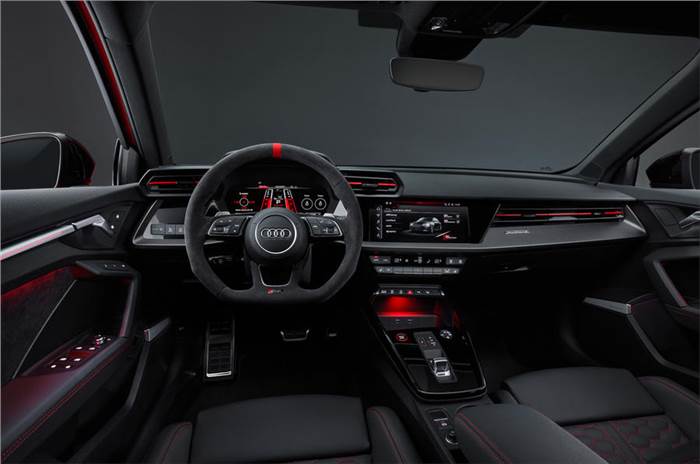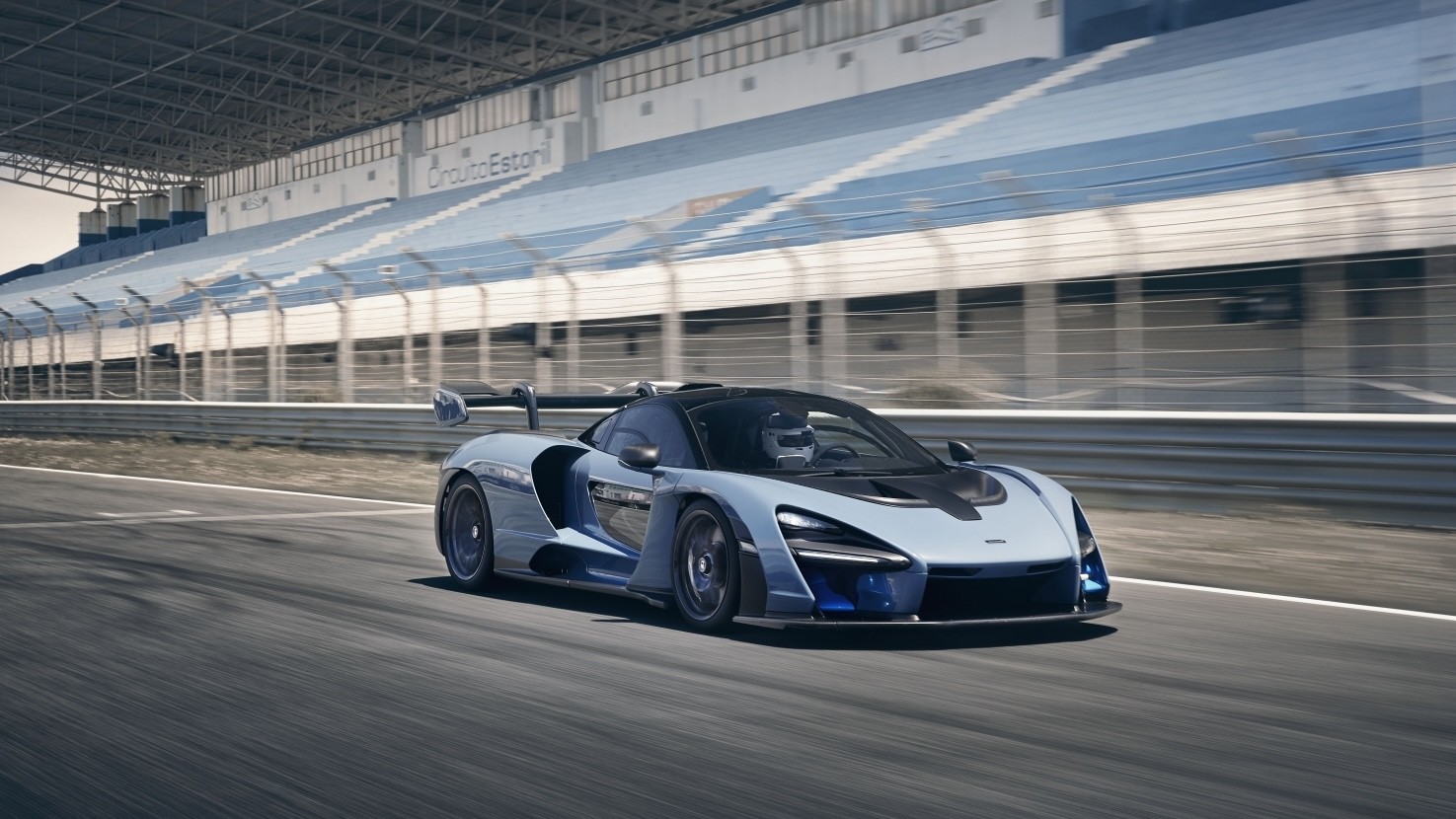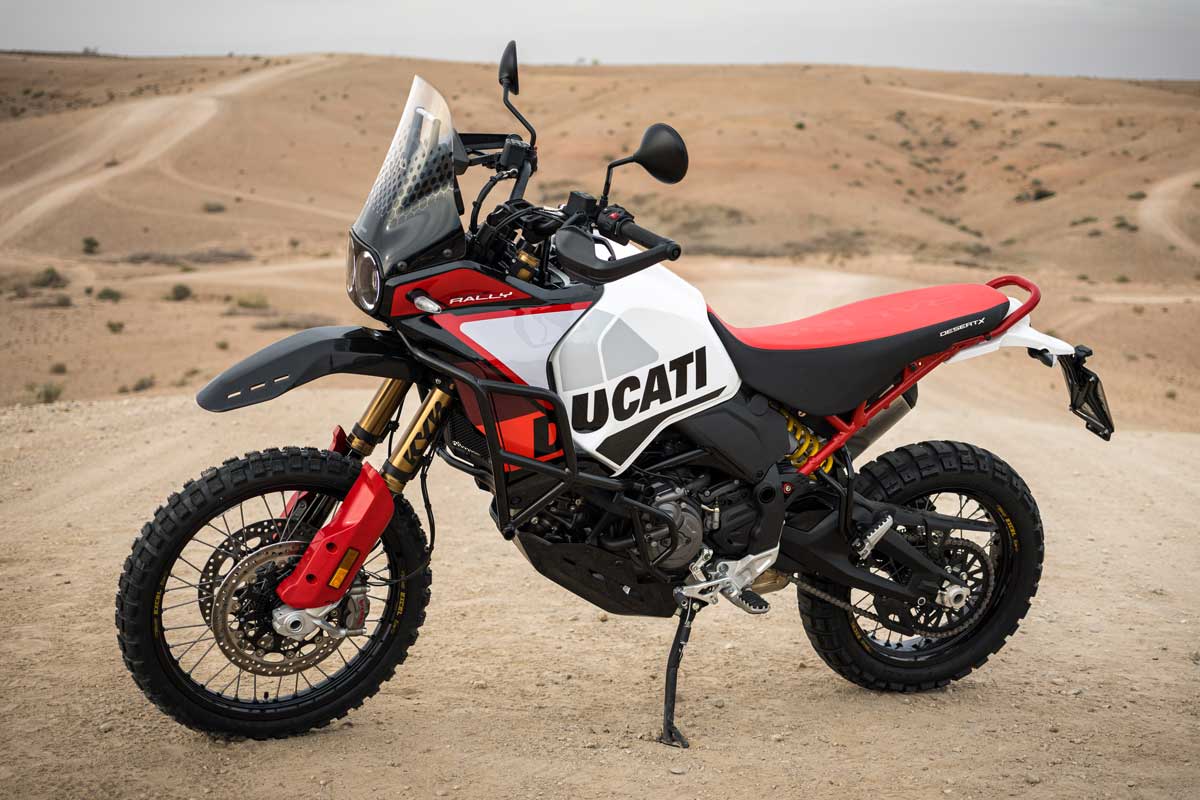BMW F800GS Review
In 2009, BMW unveiled the F800GS, presenting a touring enduro option comparable to the popular R 1200 GS but in a more lightweight and budget-friendly package. The motorcycle featured a revamped version of the liquid-cooled 798cc parallel twin found in the 2024 BMW F800GS. With enhancements such as a larger radiator, wet clutch, chain final drive, and increased torque. According to Jett Tuning’s dyno, our 2009 test bike showcased 76.8 BMW F800GS horsepower and 53.5 lb-ft of torque at the rear wheel. Designed with spoked wheels, a 21-inch front tire. And extended suspension travel, it displayed evident off-road capabilities. Outfitted with hand guards, a skid plate, and knobby tires, it effortlessly transformed into a formidable machine for backcountry adventures. The BMW F800GS garnered praise and was honored with the title of Motorcycle of the Year for 2009.
First impressions
At noon on a Friday, the dealer delivered the bike, and a few hours later, I embarked on my inaugural adventure. The initial observation that struck me was the remarkable lightness and agility of the front end. Unlike many adventure bikes that depend on weight for front-end stability, this one defied the norm. Turning the front was effortless, and the steering exhibited a sharp and purposeful precision. Impressively, the BMW F800GS remained exceptionally stable, showing no hint of head-shake even when encountering sizable holes at high speeds on dirt roads. After covering 350 km, featuring a diverse mix of both asphalt and dirt, during the first ride, I found myself thoroughly satisfied with my purchase. The BMW F800GS for sale comes with tires that are only slightly more off-road oriented than typical street tires. However, given its 21-inch front and 17-inch rear wheels, it wouldn’t be difficult to find more aggressive knobby tires if needed. During our initial off-road experience with the stock setup, we approached dirt riding cautiously. The inverted fork, although non-adjustable, provides a respectable 9 inches of travel. While the rear suspension, a single-shock setup with adjustable settings and no linkage, offers 8.5 inches of travel. While these measurements may seem limited compared to dirt BMW F800GS for sale standards, they represent a significant improvement over typical street bike suspension.
BMW F800GS Engine
The BMW F800GS adventure engine is configured as a liquid-cooled, transverse parallel twin with a displacement of 798cc and a bore x stroke ratio of 82.0 x 75.6mm. BMW F800GS adventure operates with a 12.0:1 compression ratio and features. A DOHC (Double Overhead Camshaft) setup with 4 valves per cylinder. The valve inspection interval is dynamically adjusted through computer monitoring. Fuel delivery is managed by Electronic Fuel Injection (EFI) using two 46mm throttle bodies. It controlled by Digital Engine Management (BMS-K+). The lubrication system adopts a dry-sump design with a 3.2-quart capacity. The transmission system includes a 6-speed gearbox and a cable-actuated wet clutch. The final drive mechanism utilizes an O-ring chain.
BMW F800GS Chassis
The chassis incorporates a tubular-steel trellis design with the engine serving as a stressed member, complemented by a cast aluminum swingarm. The wheelbase extends to 62.1 inches, accompanied by a rake/trail configuration of 26 degrees and 4.6 inches, respectively. The seat height is set at 35.0 inches, with an optional low seat available at 33.9 inches. Up front, the suspension features a 43mm male slider with no adjustments, providing 9.1 inches of travel. At the rear, a single shock offers 8.5 inches of travel, with remote adjustability for spring preload and electronically adjustable rebound damping (ESA, as tested).
BMW F800GS Specs
Braking System: Up front, dual 300mm floating discs are paired with a 2-piston pin-slider caliper and ABS, while the rear is equipped with a single 265mm disc and a 1-piston pin-slider caliper, also featuring ABS. Wheels and Tires: The front wheel is spoked aluminum, measuring 2.15 x 21 inches, while the rear follows suit with a spoked aluminum wheel at 4.25 x 17 inches. Tires include a 90/90-T21 for the front and a 150/70-QB17 for the rear. Weight and Capacity: The wet weight of the motorcycle is measured at 531 lbs. in the tested configuration. It boasts a load capacity of 469 lbs. and a Gross Vehicle Weight Rating (GVWR) of 1,000 lbs. in the tested setup.
What’s good?
The bike’s exceptional geometry, starting with the 21-inch front wheel, underscores the precision of its engineering. German craftsmanship shines through in the meticulous attention to detail evident in elements. Its look like the high-quality screws adorned with clever rubber washers, discovered during the bike’s first wash. Initially concerned about the absence of a steering damper. I soon realized it was unnecessary, a testament to the thoughtful design. The premium feel extends to the controls on the handlebars. Which are not only solid but also provide a satisfying user experience.













